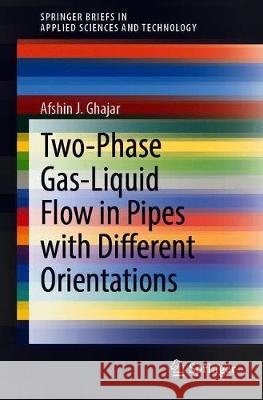Two-Phase Gas-Liquid Flow in Pipes with Different Orientations » książka
topmenu
Two-Phase Gas-Liquid Flow in Pipes with Different Orientations
ISBN-13: 9783030416256 / Angielski / Miękka / 2020 / 127 str.
Kategorie:
Kategorie BISAC:
Wydawca:
Springer
Seria wydawnicza:
Język:
Angielski
ISBN-13:
9783030416256
Rok wydania:
2020
Wydanie:
2020
Numer serii:
000457375
Ilość stron:
127
Waga:
0.23 kg
Wymiary:
23.37 x 19.56 x 0.51
Oprawa:
Miękka
Wolumenów:
01











